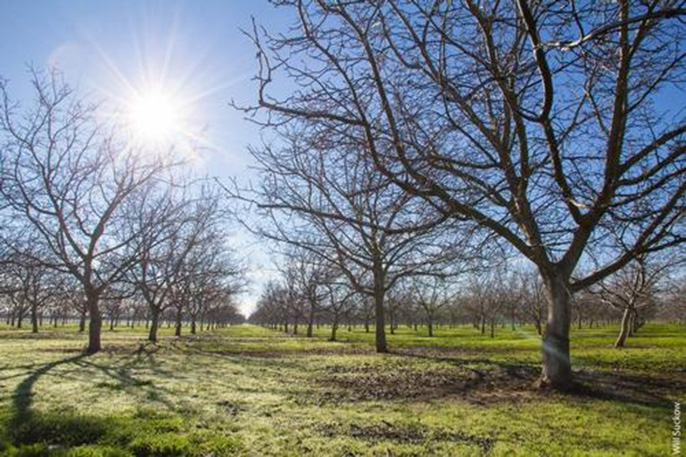How is climate change affecting agriculture?

“Growers change crops depending on many factors, including climate change and market conditions,” said Hyunok Lee, lead author and research economist in the Department of Agricultural and Resource Economics at UC Davis. “The challenge was to separate the effects of climate on acreage. To isolate the climate effects from the market effect, we used an econometric model.”
This technique used in Yolo County could be used for projecting the effects of climate change on agriculture in other regions, said Lee.
Using about 100 years of climate data and 60 years of farm acreage, Lee and her co-author looked at the relationships between the evolution of local climate conditions and the acreage of 12 major crops grown in Yolo County. The crops included processing tomatoes, rice, alfalfa, wheat, corn, prunes, grapes, walnuts, almonds, safflower, pasture and other fruit.
“When we look at maximum and minimum temperatures, the minimum temperatures are higher while the maximum temperature stays about the same,” Lee said. “And the lower temperature is rising at a faster rate, especially in winter. That's good for winter crops, but not so good for crops that require chill hours.” Many tree crops require cold for a certain number of hours below a critical temperature, commonly 45 degrees Fahrenheit, to stimulate the growth of leaves and flowers.
View the entire article online: http://universityofcalifornia.edu/news/how-climate-change-affecting-agriculture

No comments:
Post a Comment